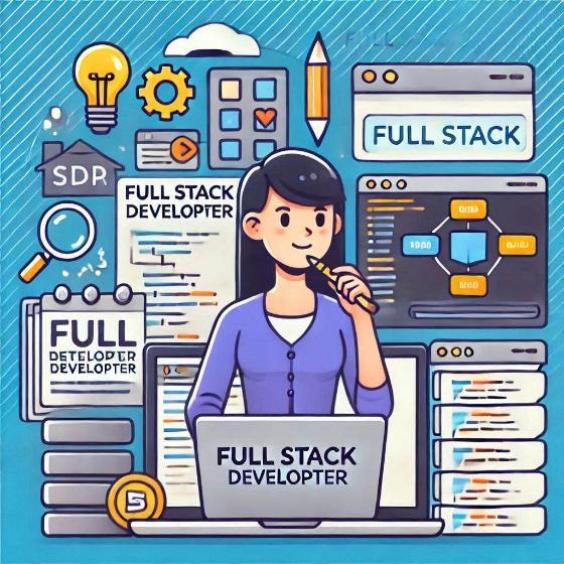What is a Full Stack Developer and what functions does it fulfill
In the world of technology and software development, there are several roles and specializations that can be a bit confusing for those who are not familiar with the topic. One of those roles is that of Full Stack Developer. In this article, we will explain what a Full Stack Developer is and what functions they perform, so that it is easy to understand for those who are just beginning to explore the world of technology.

What is a Full Stack Developer?
A Full Stack Developer is a professional who has knowledge and skills in software development both on the client side (front-end) and on the server side (back-end). This means that they can work on all layers of an application, from the user interface to the database and business logic.
Front-end vs Back-end
To better understand the role of a Full Stack Developer, it is important to know what is meant by front-end and back-end:
- Front-end: Refers to the part of the application that interacts with the user, that is, the user interface. This includes creating the structure and design of the web page, implementing the user interface logic, and integrating with the database.
- Back-end: Refers to the part of the application that runs on the server, that is, the business logic and the database. This includes creating the application logic, managing the database, and integrating with the user interface.
Functions of a Full Stack Developer
A Full Stack Developer can perform a variety of functions, including:
- Design and development of the user interface: Create the structure and design of the web page, implement the user interface logic, and ensure that it is compatible with different devices and browsers.
- Development of business logic: Create the application logic, including database management and integration with the user interface.
- Implementation of the database: Design and implement the application database, including creating tables, indices, and relationships.
- Testing and debugging: Perform testing and debugging of the application to ensure that it works correctly and without errors.
- Maintenance and updating: Perform maintenance and updates of the application to ensure that it continues to work correctly and adapts to changes in technology and user needs.
Benefits of being a Full Stack Developer
Being a Full Stack Developer offers several benefits, including:
- Greater flexibility: A Full Stack Developer can work on different projects and technologies, giving them greater flexibility in their career.
- Better understanding of the project: By having knowledge on both sides of the application, a Full Stack Developer can have a better understanding of the project and how it works as a whole.
- Greater efficiency: A Full Stack Developer can work more efficiently, as they can perform tasks on both sides of the application without having to rely on other team members.
In summary, a Full Stack Developer is a professional who has knowledge and skills in software development both on the client side and on the server side. This allows them to work on all layers of an application and perform a variety of functions, from designing and developing the user interface to implementing the database and business logic. Being a Full Stack Developer offers several benefits, including greater flexibility, better understanding of the project, and greater efficiency.





